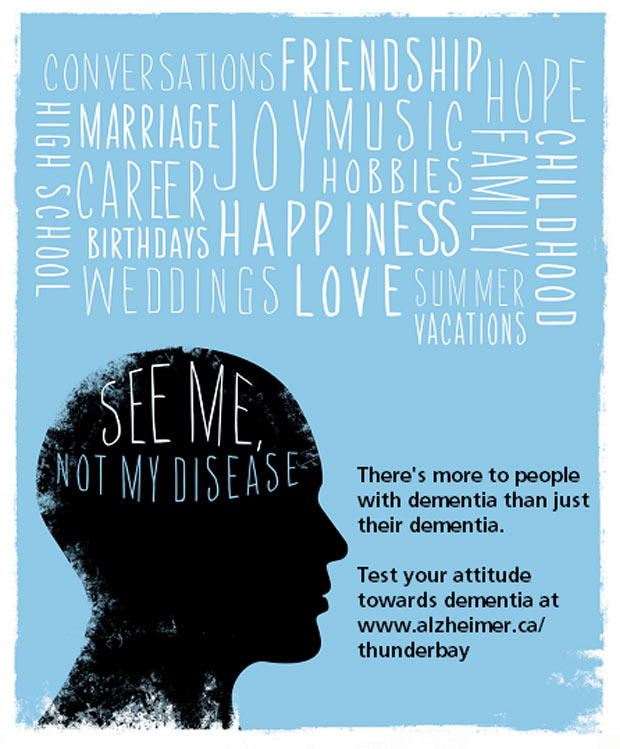THUNDER BAY – Healthbeat – An active lifestyle helps preserve gray matter in the brains of older adults and could reduce the burden of dementia and Alzheimer’s disease (AD), according to a study presented today at the annual meeting of the Radiological Society of North America (RSNA). Lifestyle factors examined included recreational sports, gardening and yard work, bicycling, dancing and riding an exercise cycle.
The goal of getting out and keeping active not only helps your heart, it also can help your brain according to the latest research.
Dementia exacts a staggering toll on society. More than 35 million people worldwide are living with the disease, according to the World Health Organization, and the prevalence is expected to double by 2030. AD is the most common cause of dementia and currently has no cure.
Cyrus Raji, M.D., Ph.D., radiology resident at the University of California in Los Angeles, and colleagues recently examined how an active lifestyle can influence brain structure in 876 adults, average age 78 years, drawn from the multisite Cardiovascular Health Study. The patients’ condition ranged from normal cognition to Alzheimer’s dementia.
“We had 20 years of clinical data on this group, including body mass index and lifestyle habits,” Dr. Raji said. “We drew our patients from four sites across the country, and we were able to assess energy output in the form of kilocalories per week.”
The lifestyle factors examined included recreational sports, gardening and yard work, bicycling, dancing and riding an exercise cycle.
The researchers used magnetic resonance imaging (MRI) and a technique called voxel-based morphometry to model the relationships between energy output and gray matter volume.
“Voxel-based morphometry is an advanced method that allows a computer to analyze an MR image and build a mathematical model that helps us to understand the relationship between active lifestyle and gray matter volume,” Dr. Raji said. “Gray matter volume is a key marker of brain health. Larger gray matter volume means a healthier brain. Shrinking volume is seen in Alzheimer’s disease.”
After controlling for age, head size, cognitive impairment, gender, body mass index, education, study site location and white matter disease, the researchers found a strong association between energy output and gray matter volumes in areas of the brain crucial for cognitive function. Greater caloric expenditure was related to larger gray matter volumes in the frontal, temporal and parietal lobes, including the hippocampus, posterior cingulate and basal ganglia. There was a strong association between high energy output and greater gray matter volume in patients with mild cognitive impairment and AD.
“Gray matter includes neurons that function in cognition and higher order cognitive processes,” Dr. Raji said. “The areas of the brain that benefited from an active lifestyle are the ones that consume the most energy and are very sensitive to damage.”
A key aspect of the study was its focus on having variety in lifestyle choices, Dr. Raji noted.
“What struck me most about the study results is that it is not one but a combination of lifestyle choices and activities that benefit the brain,” he said.
Dr. Raji said the positive influence of an active lifestyle on the brain was likely due to improved vascular health.
“Virtually all of the physical activities examined in this study are some variation of aerobic physical activity, which we know from other work can improve cerebral blood flow and strengthen neuronal connections,” he said.
“Additional work needs to be done,” Dr. Raji added. “However, our initial results show that brain aging can be alleviated through an active lifestyle.”
Coauthors are H. Michael Gach, Ph.D., Owen Carmichael, Ph.D., James T. Becker, Ph.D., Oscar Lopez, M.D., Paul Thompson, Ph.D., William Longstreth, M.D., Lewis Kuller, M.D., and Kirk Ericson, Ph.D.
Note: Copies of RSNA 2012 news releases and electronic images will be available online at RSNA.org/press12





